46+ Sample Purchase Orders
-
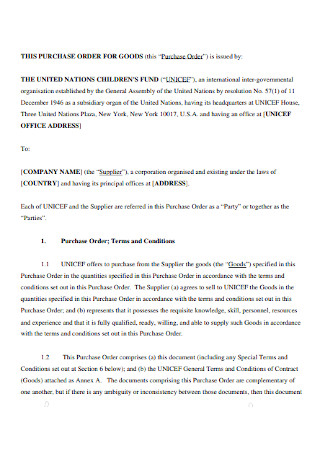
Goods Purchase Order
download now -
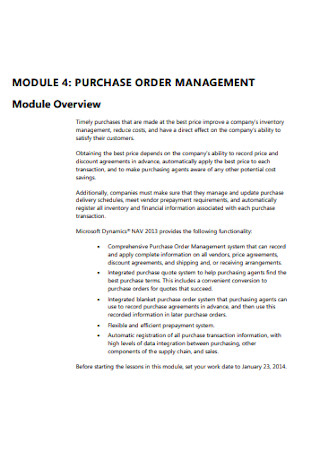
Purchase Order Management
download now -
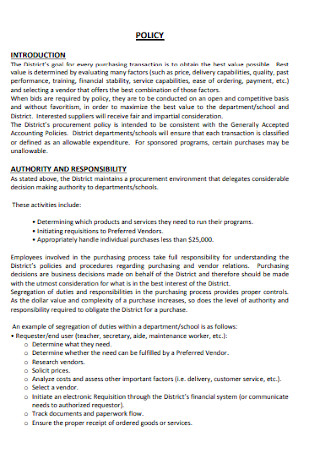
Purchase Order Policies and Procedures
download now -
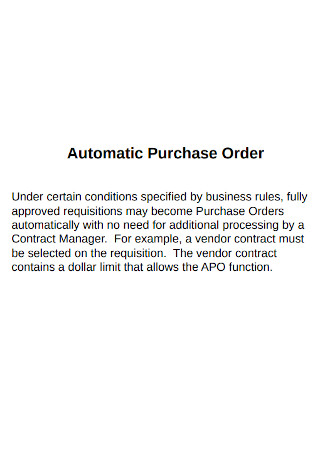
Automatic Purchase Order
download now -
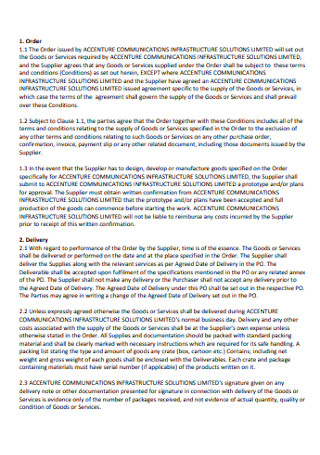
Purchase Order Remarks
download now -
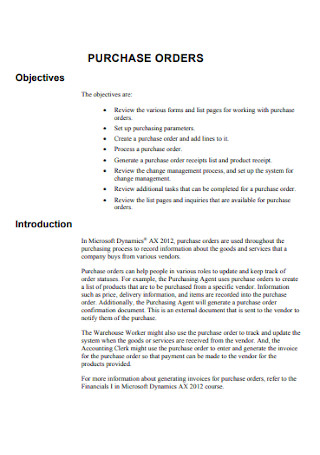
Purchase Order Objectives
download now -
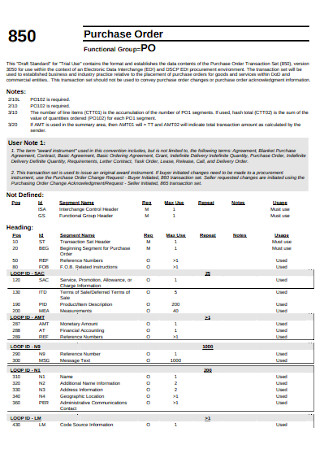
Standard Purchase Order
download now -
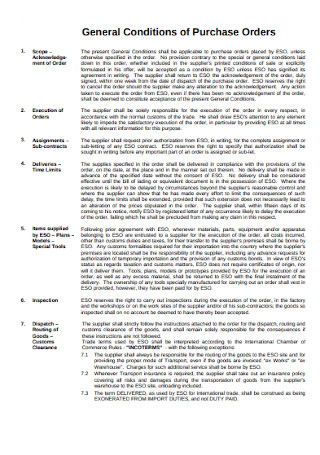
Purchase Order General Conditions
download now -

Purchase Order Annexure
download now -
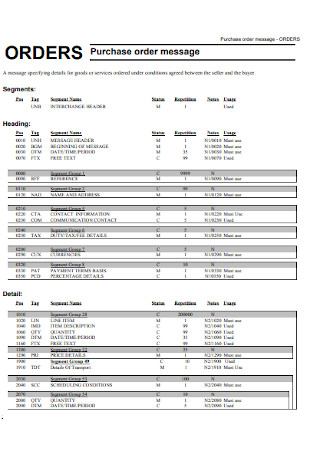
Purchase Order Message
download now -
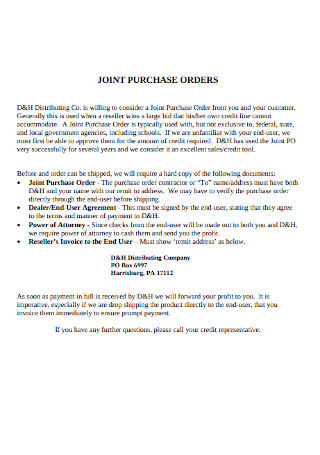
Joint Purchase Order
download now -
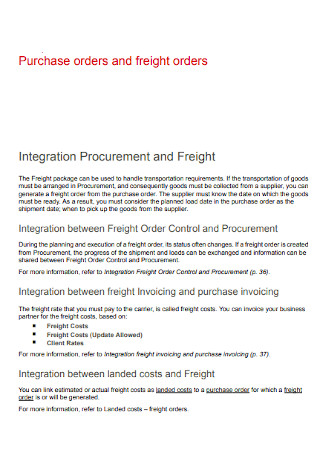
Purchase Order and Freight Order
download now -

Purchase Order List
download now -
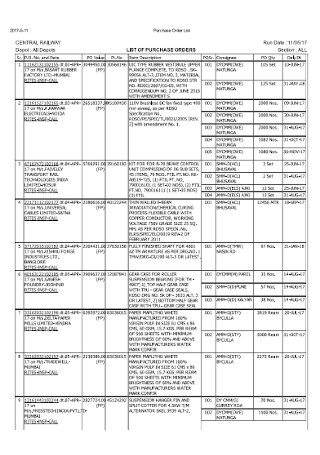
Central Railway Purchase Order List
download now -
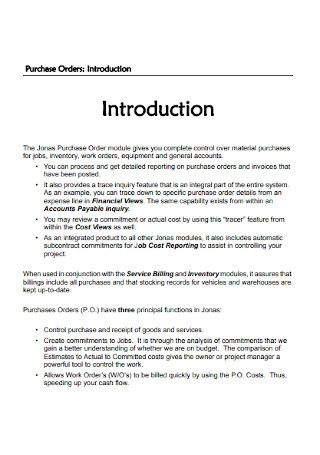
Purchase Order Example
download now -

Purchase Order Terms and Conditions
download now -
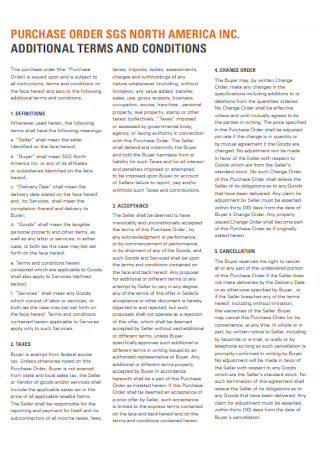
Purchase Order Additional Terms and Conditions
download now -
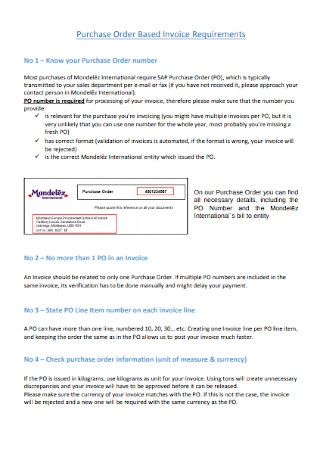
Purchase Order Based Invoice Requirements
download now -
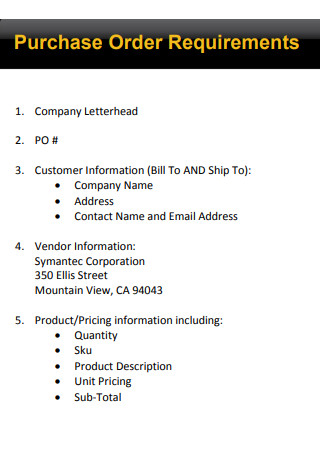
Purchase Order Requirements
download now -

Purchase Order Types
download now -
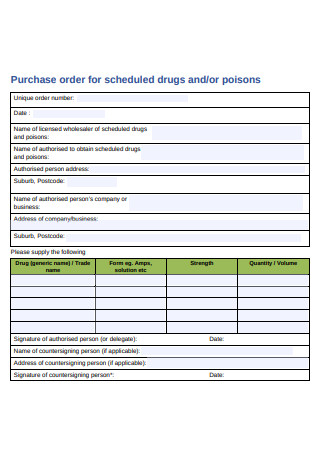
Scheduled Drugs Purchase Order
download now -

Formal Purchase Order
download now -
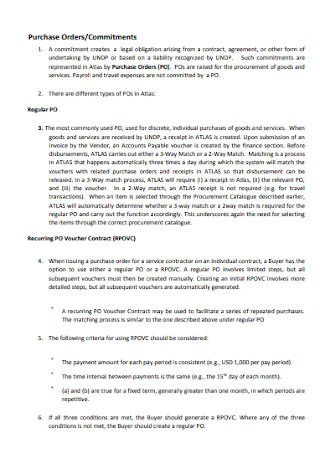
Purchase Order and Commitments
download now -
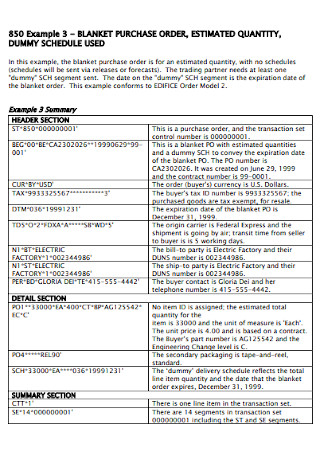
Blanket Purchase Order
download now -
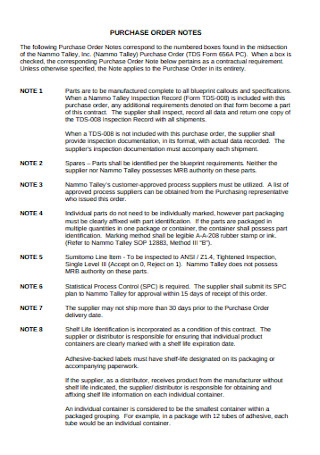
Purchase Order Notes
download now -
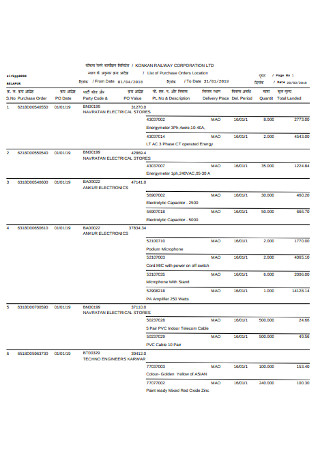
Purchase Order Location List
download now -
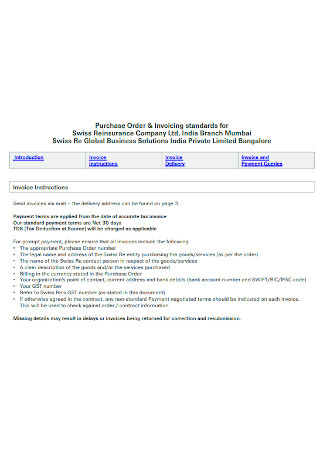
Purchase Order and Invoicing Standards
download now -
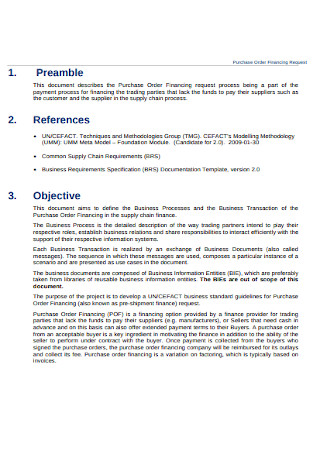
Purchase Order Financing Request
download now -
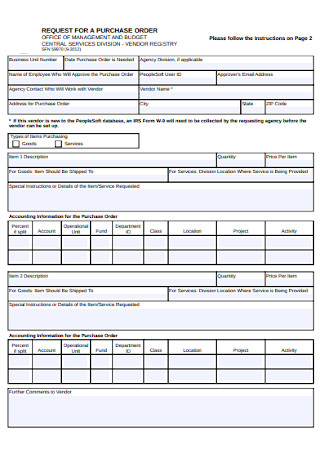
Purchase Order Request
download now -
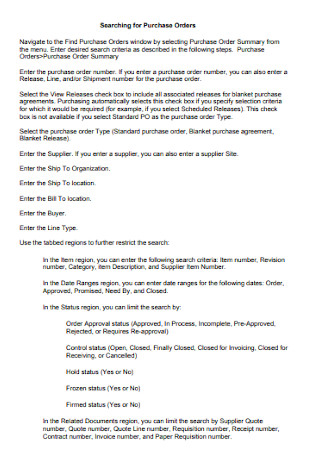
Searching Purchase Order
download now -
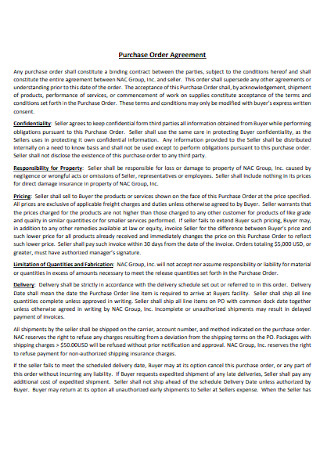
Purchase Order Agreement
download now -
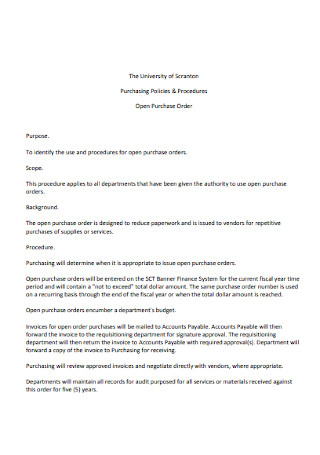
Open Purchase Order
download now -
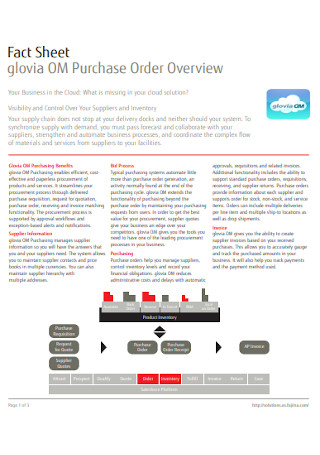
Purchase Order Overview
download now -
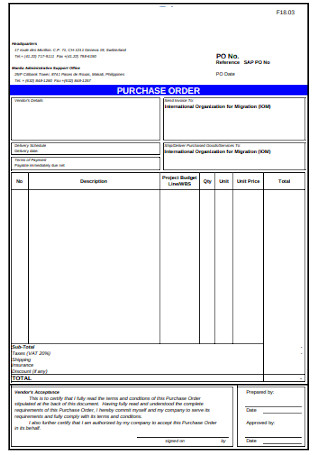
Basic Purchase Order
download now -
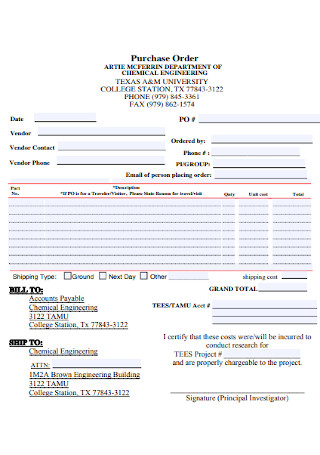
Engineering Department Purchase Order
download now -
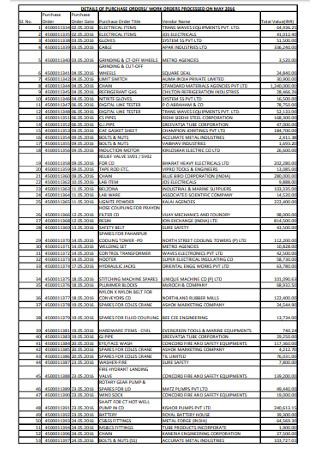
Purchase Order Details
download now -
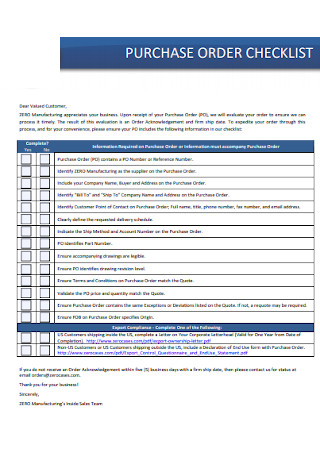
Purchase Order Checklist
download now -
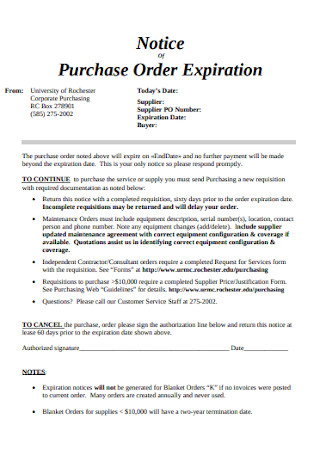
Purchase Order Expiration Notice
download now -
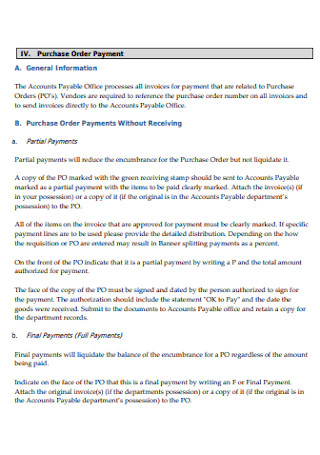
Purchase Order Payment
download now -
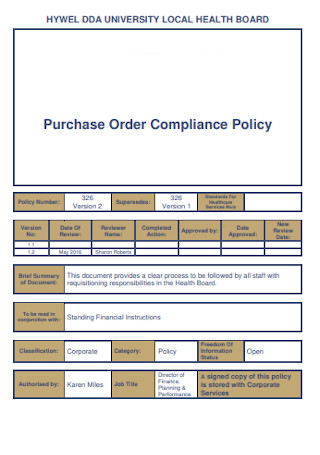
Purchase Order Compliance Policy
download now -
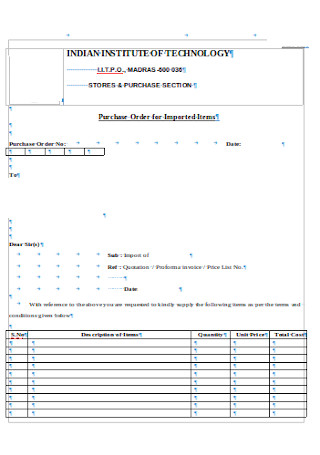
Imported Items Purchase Order
download now -
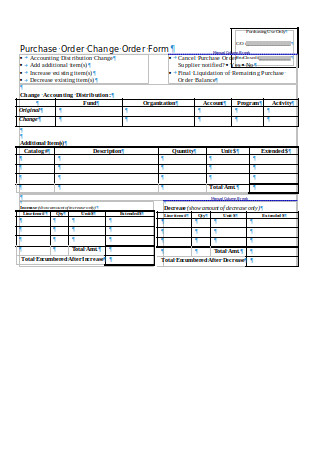
Purchase Order Change Order Form
download now -
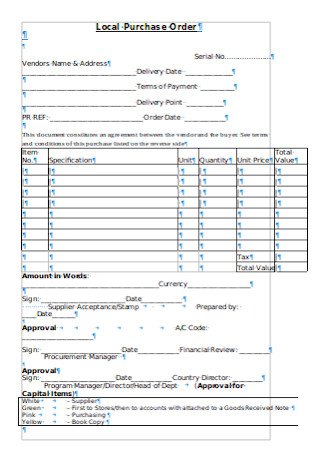
Local Purchase Order
download now -
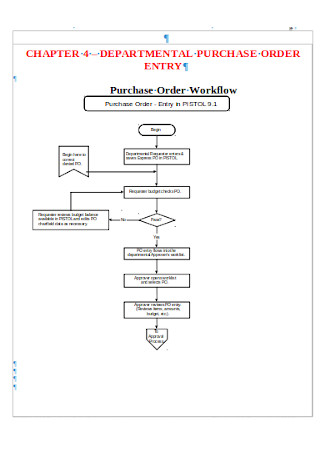
Purchase Order Workflow
download now -
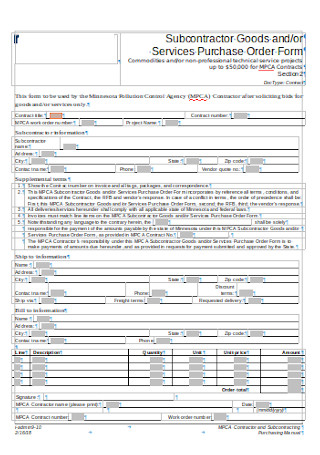
Service Purchase Order Form
download now -

Purchase Order Generator
download now -
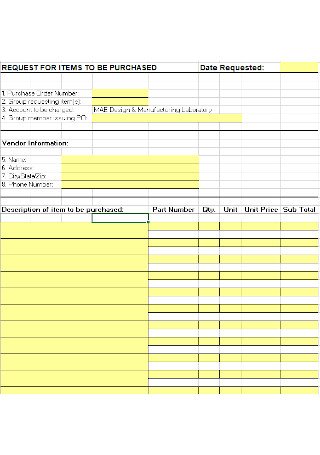
Purchased Order Request Form Template
download now
What Is a Purchase Order?
The rise of online shopping has made it one of the largest markets for consumer purchases, accounting for about 14.1% of all retail sales on a global scale. A study by Statista even predicts the number of digital buyers to grow from 1.66 billion to 2.14 billion by 2021. While many of us are guilty of browsing shopping apps and websites for pleasure, what happens when we finally decide to buy?
To veterans of online shopping, placing an order is the initial but often the most exciting stage of the process. You fill up an order form to list the details of the item you want, send it to the vendor, and receive a sales invoice for confirmation. In cases like this, it’s clear how purchase orders help streamline transactions for your business to benefit from. It’s an effective way to improve productivity for your small business by making the most out of what you have.
In the business world, we define a purchase order as a document that buyers send to sellers with the intent to make a purchase. It’s a document that provides evidence of everything that goes in and out of your business to keep you on top of your financial activities. These business forms contain key information about the order to help clarify the dealing before both parties can move forward with the transaction. And once the seller accepts the PO, it binds both parties to a legal agreement that they must commit to. Failure to do so may lead to unwanted issues that may potentially hurt your business image.
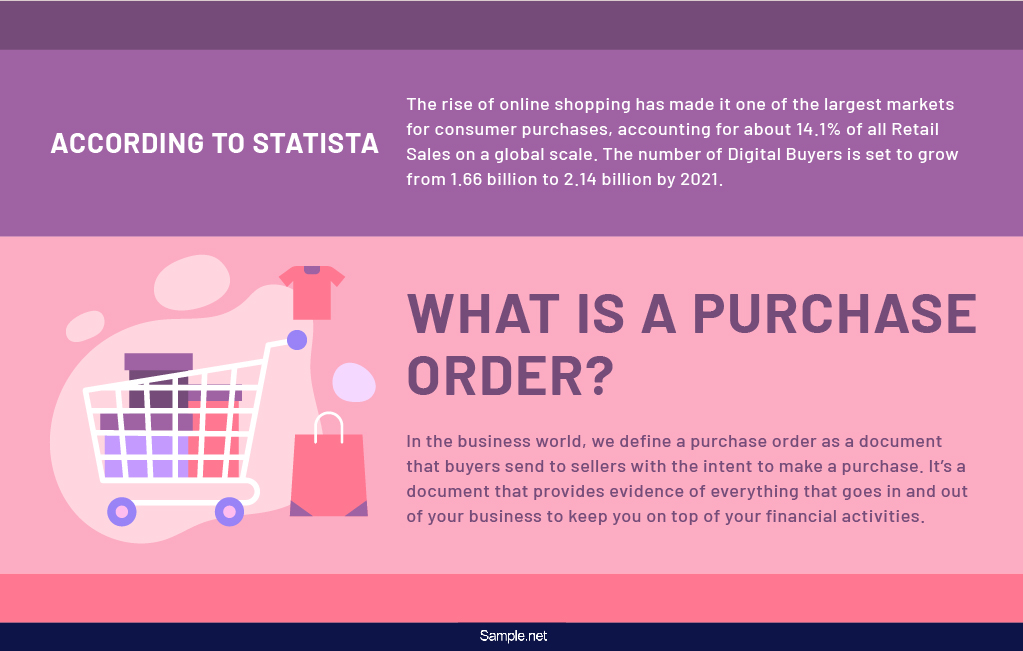
Advantages of Using Purchase Orders
Should your small business start using purchase orders?
This question might have crossed your mind one too many times before. Although some small businesses can do without purchase orders, as your business continues to grow, you’ll begin to recognize the crucial role that this document plays in streamlining company operations. Customers start to demand more, and stocks start piling in, making it impossible to manage this aspect of your business effectively. There are several benefits that a purchase order can bring to your business. These are as follows:
Types of Purchase Orders
We classify purchase orders into four different types: standard purchase orders, planned purchase orders (PPO), blanket purchase orders (BPO), and contract purchase orders (CPO). These sales documents differ according to the information known at the time of order. Considering how these POs vary could save you the time and money that come from poor management. With that in mind, let’s define each type in the items below.
Purchase Orders vs. Invoice
As consumers, we don’t pay too much attention to the kind of documents involved in a transaction. But when starting a business, there are some terms you might want to familiarize to recognize their importance in your daily operations.
In the sale of goods, you come across the terms “purchase order” and “invoice” quite often. While the two words may sound very similar, they each play a distinctive role in keeping your business under control. For one, a purchase order is a document that buyers use to order goods or services from a seller. And because a buyer sends it to a seller, a purchase order comes before an invoice does. It defines the contract of the sale to help set clear expectations of what the buyer needs the seller to deliver as part of the agreement.
An invoice, on the other hand, confirms the sale and notifies the buyer about the payment due. It summarizes all the items that the buyer has agreed to purchase from the seller, reminding both parties of their responsibilities in the arrangement. Like purchase orders, invoices are a vital financial document that businesses must issue as mandated by federal laws. Both documents help clarify the terms of sale to protect your business and avoid conflict with consumers.
How to Create a Purchase Order
By now, you should have a decent understanding of how a purchase order works, what it covers, and why it’s essential for your day-to-day operations. So at this point, creating one becomes the next step on your agenda. It’s common for most people to feel overwhelmed about the thought of making a PO. But contrary to what many believe, the process can be surprisingly easy.
To make a purchase order, you need to know its three main elements: the header, body, and footer. These parts of the PO generally consists of the following:
1. PO Header
The first thing you’ll find in a PO is the header. Apart from the words “Purchase Order” written on the topmost portion of the page, anyone reading the PO will notice a business letterhead. It includes the name of your business, logo design, address, and contact details. You may also add your business and tax registration number if available. Not only does it help with branding, but it also keeps your POs consistent with other company documents to prove its legitimacy.
Other information found in a PO header includes your purchase order number, date of issuance, supplier reference number, and payment terms, as well as a customer’s name and address. Note that each PO must include a unique PO number for proper identification. This component, along with the rest of the details in your PO, must be accurate for easy tracking and formal delivery.
2. PO Body
The body of your purchase order contains a brief description of the goods purchased, along with its quantity, unit of measure, the price per unit, and the total amount. Customers must finalize what they need from a vendor or supplier before filling this part of the PO to avoid problems. As for service-related orders, indicate the scope of the job order alongside the cost for each service. Customers need to be specific and clear about what they expect to receive for businesses to process their orders accordingly.
3. PO Footer
At the footer of the purchase order, indicate the total amount of all individual items you, or the customer, is requesting. It’s also advisable to present the tax amount and the total after-tax amount for reference. Including pre-tax and post-tax amounts are a crucial part of the PO, as they provide a breakdown of the customer’s total. If applicable, you may also note the date of delivery in the last part of the document. Feel free to include delivery instructions and comments that suppliers must be informed about.
If you have any doubts or concerns about the PO’s terms and conditions, you might want to seek professional advice before drafting your purchase order. It’s a good idea to review the contents of the PO, whether you’re a buyer or a seller, to prevent inconveniences that may delay the process.
While using purchase orders does mean more paperwork and other tedious assignments, it still offers a ton of benefits to businesses that employ it. The key is to implement a proper system that can track and process orders as smoothly as possible. So if you want to succeed in a competitive retail industry, ensure that your purchase order system does the job of keeping your accounts organized and well-managed as you continue operations. It’s even much easier when you have a purchase order template in place to turn a complicated process into a simpler one. Many companies standardize their PO document with pre-defined data to establish efficiency. Unless you want to give your employees a hard time, using a purchase order template is an opportunity you wouldn’t want to ignore.
